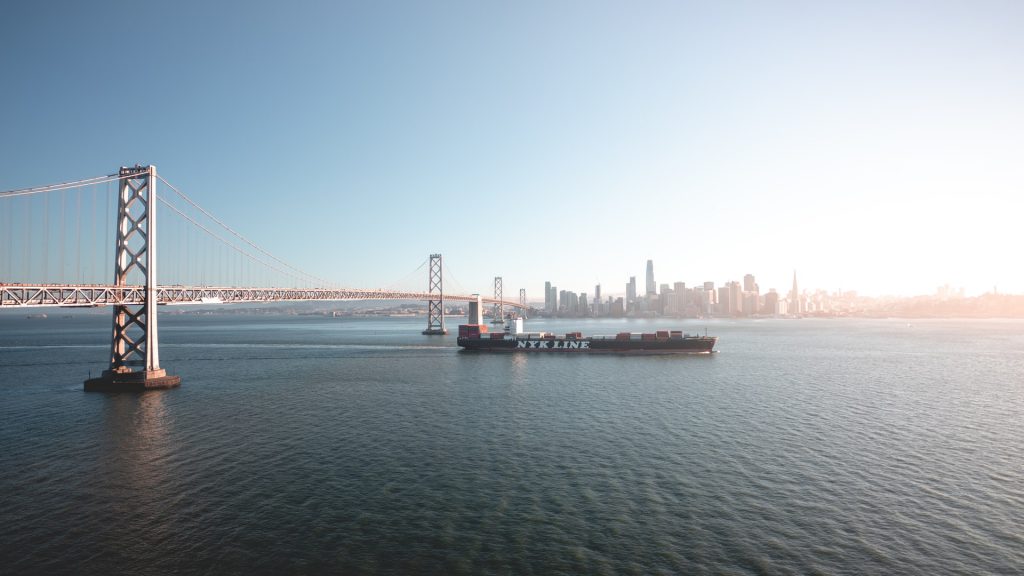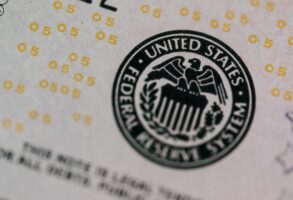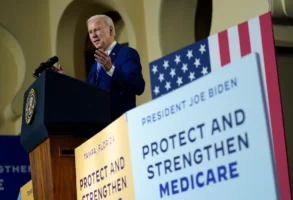
Published January 27, 2021
Global trade is not the sexiest of issues. It is, however, one of the most important, both in regard to U.S. foreign relations and America’s domestic cohesion. It is also a policy arena that former president Donald Trump changed in ways that will be hard to roll back.
The United States was known as a proponent of global free trade prior to Trump’s ascension. A bipartisan commitment to reducing global trade barriers pushed trade among nations to record heights. The North American Free Trade Agreement (NAFTA) and its Central American counterpart, the Dominican Republic-Central America Free Trade Agreement (CAFTA-DR), opened U.S. markets to low-cost imports from nearby countries. The World Trade Organization pushed adherence to the “Washington Consensus” — which included liberalized trade and investment and floating currencies — as a price of admission. China’s admission to the WTO extended the American free-trade religion to the world’s most populous nation. We were promised it would result in peace, prosperity and democracy for all.
That didn’t happen. In the developed world, the investor and educated classes boomed, as they could use their financial or human capital to export their services to the developing world. Workers in the countries that received this investment gained, and extreme global poverty plummeted as a result. Less-skilled workers in the developed world, however, did not gain much and in some cases even fell behind. As their jobs went to cheaper labor, through outsourcing or through domestic competition from migrants who were willing to work for much less, they came to believe the system no longer worked for them.
Click here to read the rest of this piece at the Washington Post’s website.
Henry Olsen is a senior fellow at the Ethics and Public Policy Center.








